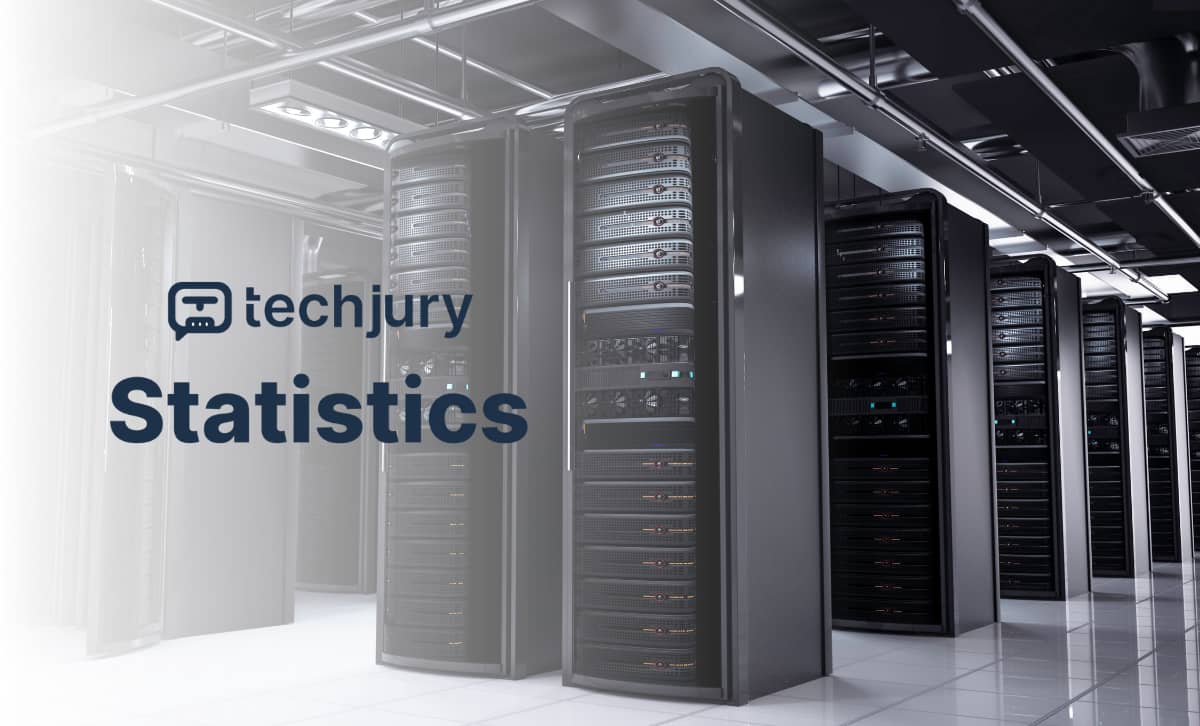
Introduction: The Digital Backbone of Modern Society
In an increasingly interconnected world, data centers represent the critical infrastructure powering our digital existence. These technological marvels are more than mere buildings housing servers—they are the pulsating heart of global communication, commerce, and innovation.
The Evolution of Data Centers: A Historical Perspective
From Mainframes to Hyperscale: A Technological Journey
The story of data centers is a testament to human technological progress. What began in the 1960s as room-sized mainframe computers has transformed into massive, globally distributed computing networks capable of processing unprecedented volumes of information.
Historical Milestones:
- 1960s: Mainframe computing era
- 1980s: First dedicated data center facilities
- 1990s: Internet infrastructure expansion
- 2000s: Cloud computing revolution
- 2020s: Hyperscale and edge computing integration
Global Data Center Landscape: A Comprehensive Analysis
Market Size and Growth Projections
Global Data Center Market Overview
| Year | Market Size | Projected CAGR | Key Drivers |
|---|---|---|---|
| 2022 | $321.37 billion | 6.5% | Cloud Computing, AI, IoT |
| 2027 | $487.65 billion | 8.2% | Edge Computing, 5G Expansion |
| 2030 | $678.90 billion | 9.5% | Quantum Computing, Decentralized Infrastructure |
Regional Breakdown of Data Center Infrastructure
Geographical Distribution of Data Centers
Top 5 Countries by Data Center Concentration:
- United States: 2,701 facilities
- Germany: 487 facilities
- United Kingdom: 456 facilities
- China: 443 facilities
- Canada: 328 facilities
Technological Segmentation
Data Center Types and Characteristics
Hyperscale Data Centers
- Size: 500,000 – 1.5 million sq. ft.
- Typical Operators: Google, Amazon, Microsoft
- Average Investment: $500M – $1B
- Key Features: Massive computational capacity, advanced cooling systems
Enterprise Data Centers
- Size: 50,000 – 250,000 sq. ft.
- Typical Users: Large corporations
- Focus: Customized infrastructure, specific organizational needs
Edge and Micro Data Centers
- Size: 1,000 – 10,000 sq. ft.
- Purpose: Local processing, reduced latency
- Emerging Trend: Supporting IoT and 5G networks
Technological Drivers and Innovation Landscape
Emerging Technologies Reshaping Data Center Infrastructure
AI and Machine Learning Impact
AI Infrastructure Requirements:
- Increased computational density
- Advanced cooling mechanisms
- High-bandwidth interconnects
- Specialized processor architectures
Quantum Computing Readiness
Quantum computing represents the next frontier in data center technology, promising:
- Exponential computational power
- Complex problem-solving capabilities
- Revolutionary cryptographic potential
Economic and Environmental Considerations
Sustainability Metrics in Data Center Design
Key Performance Indicators:
- Power Usage Effectiveness (PUE)
- Renewable Energy Integration
- Carbon Footprint Reduction
- Circular Economy Principles
Investment Trends
Global Data Center Capital Expenditure
| Investment Category | 2022 Value | 2027 Projection | Growth Rate |
|---|---|---|---|
| Infrastructure | $89 billion | $142 billion | 9.8% CAGR |
| Green Technologies | $12 billion | $35 billion | 23.5% CAGR |
| Edge Computing | $4.5 billion | $15 billion | 27.3% CAGR |
Future Predictions and Strategic Outlook
Emerging Trends Shaping Next-Generation Data Centers
- Decentralized Computing Architectures
- Liquid and Immersion Cooling Technologies
- Modular and Scalable Infrastructure
- AI-Driven Operational Optimization
- Quantum-Ready Computational Frameworks
Conclusion: The Continuous Evolution of Digital Infrastructure
Data centers are not static entities but dynamic, evolving ecosystems reflecting humanity‘s technological aspirations. As we move towards an increasingly digital future, these technological cathedrals will continue to push the boundaries of computational possibility.
The next decade promises unprecedented innovation, challenging our current understanding of computational infrastructure and opening new frontiers of digital potential.
Methodology and Research Acknowledgments
This analysis synthesizes data from multiple sources, including:
- Gartner Research
- IDC Global Reports
- Academic Technology Journals
- Industry White Papers
- Expert Interviews and Consultations
Disclaimer: Statistical projections are based on current market trends and should be interpreted as informed estimates subject to technological and economic variability.










